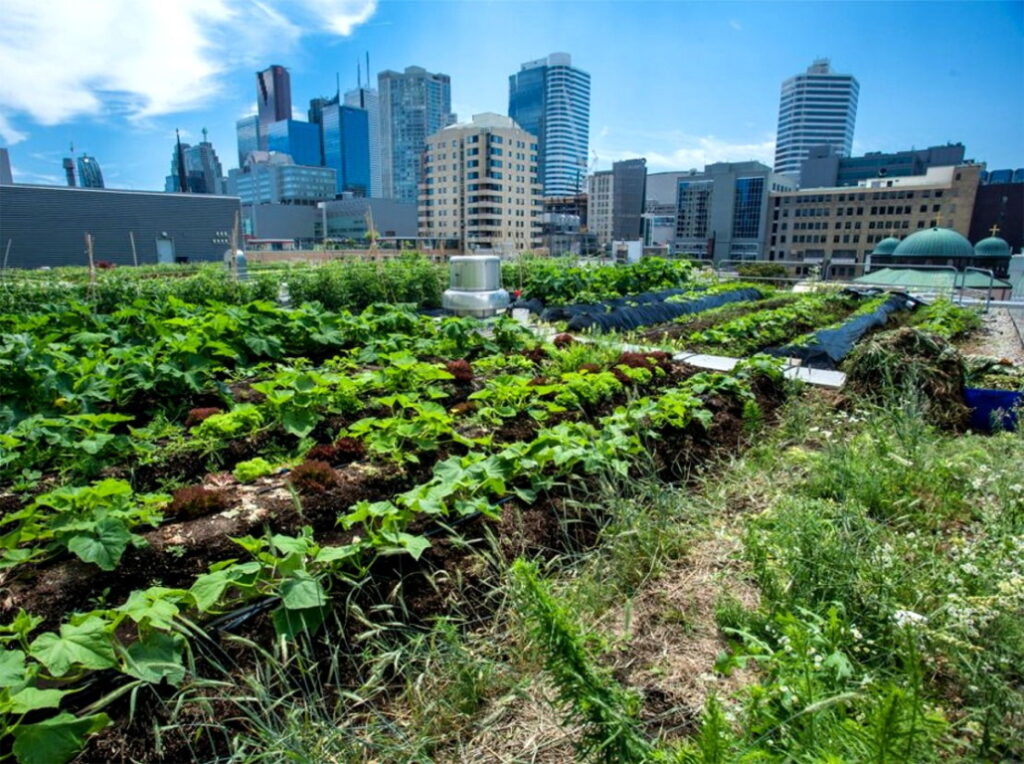Globally, domestic food price inflation remains high. Data from August to November 2022 show that almost all low-income and middle-income countries experienced high inflation; 88.2% of low-income countries, 90.7% of lower-middle-income countries, and 93% of upper-middle-income countries experienced inflation levels above 5%, with many experiencing double-digit inflation. The proportion of high-income countries experiencing high food price inflation has risen to 81.8%. Africa, North America, Latin America, South Asia, Europe, and Central Asia are the most affected.
Food security refers to the availability of food and people’s access to it. Inflation is a rise in the general price level of goods and services in an economy over a period of time. When inflation is high, the purchasing power of a currency falls, and it takes more money to buy the same amount of goods or services.
There is a relationship between food security and inflation. High food prices can contribute to inflation, especially if food is a significant portion of people’s budgets. Inflation can also make it more difficult for people to afford food, which can impact food security. For example, if wages are not keeping up with inflation, people may not be able to afford to buy as much food as they did previously, which could lead to food insecurity. On the other hand, if food production increases and food prices fall, it can improve food security and potentially lead to lower inflation.
Inflation can affect food security in a number of ways. The agricultural and export price indices closed 1% and 6% higher, respectively, than the previous update on December 1; the cereal price index closed unchanged. Wheat and rice prices closed 1% and 6% higher, respectively, while maize prices were 1% lower. Wheat prices are now 5% lower year on year for December 2022, while maize and rice prices are 9% and 12% higher, respectively. Maize and wheat prices are 28% and 18% higher than in January 2021, respectively, while rice prices are 11% lower.
As mentioned earlier, high food prices can contribute to inflation, especially if food is a significant portion of people’s budgets. This can make it more difficult for people to afford food, which can impact food security.
Inflation can also make it more difficult for people to afford food if wages are not keeping up with the rising price level. When the purchasing power of people’s incomes decreases due to inflation, they may not be able to afford to buy as much food as they did previously, which could lead to food insecurity.
On the other hand, if food production increases and food prices fall, it can improve food security and potentially lead to lower inflation.
Overall, the relationship between food security and inflation is complex and can vary depending on a variety of factors, including food production levels, wage growth, and the overall state of the economy.
If the costs of producing food, such as the cost of fuel, transportation, and labor, increase due to inflation, food producers may pass these cost increases on to consumers in the form of higher food prices. Inflation can also lead to an increase in the price of food imports if the country’s currency has lost value relative to the currencies of its trading partners.
On the other hand, if food production increases and food prices fall, it can lead to lower inflation. This is because lower food prices can help to reduce the overall cost of living, which can in turn lead to lower inflation.
Overall, the relationship between domestic food prices and inflation is complex and can vary depending on a variety of factors, including food production levels, fuel and transportation costs, trade policies, and consumer demand.
According to the 2022 Global Hunger Index, overlapping crises have exposed the weaknesses of food systems, and global progress against hunger has largely stalled in recent years. According to the report, ongoing regional conflicts, climate change, COVID-19, the Ukrainian war, supply chain disruptions, and high and volatile food, fertiliser, and fuel prices have severely weakened the world’s already inadequate, unsustainable food systems. As a result, the world is in the midst of its third global food crisis in less than two decades. South Asia and Sub-Saharan Africa have the highest Index scores and are considered serious regions.






